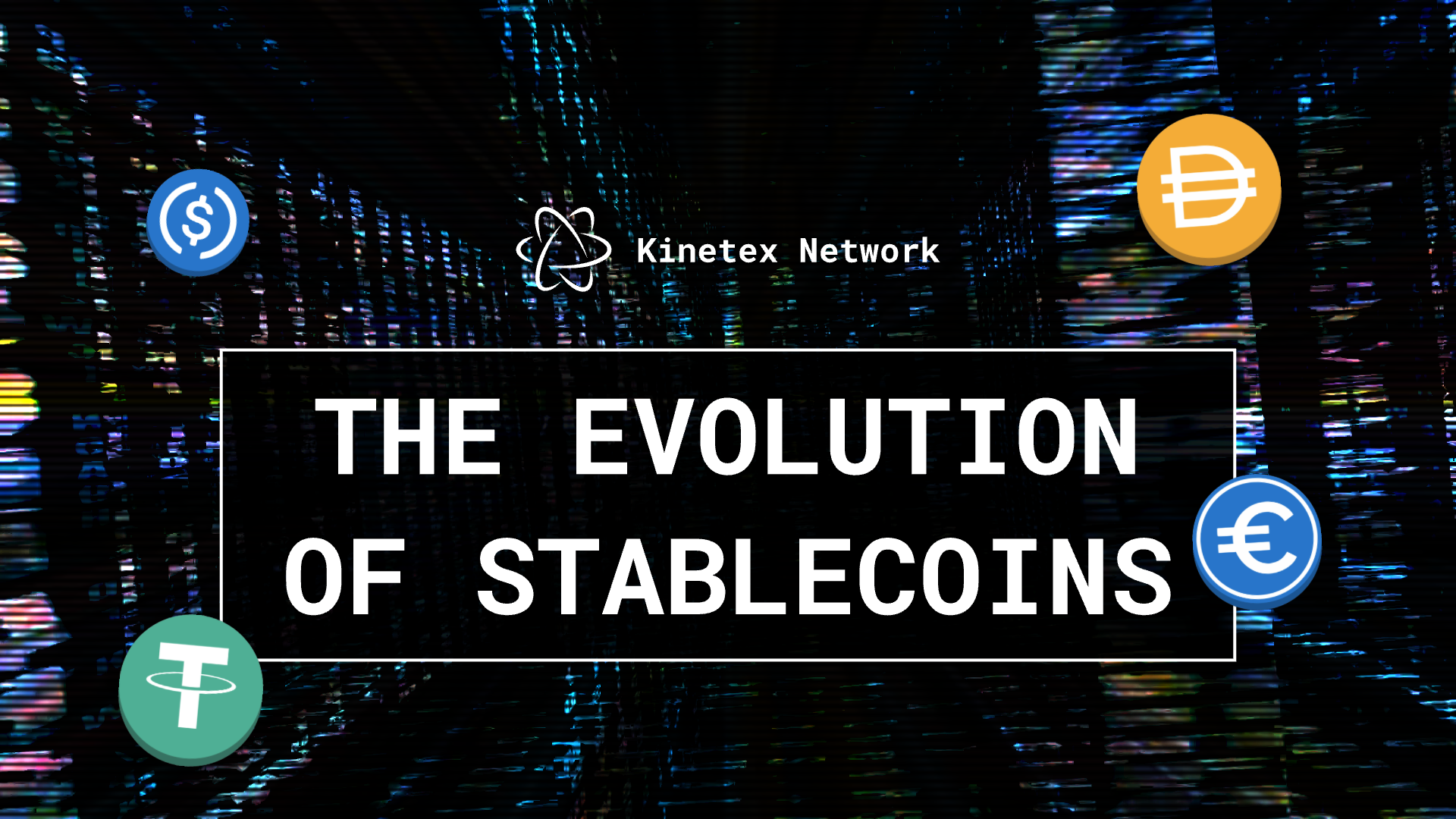
Dubai, UAE, Stablecoins represent a significant innovation within the crypto ecosystem. Many crypto enthusiasts viewed this development as a crucial advancement in bridging the traditional finance sector and decentralized finance (DeFi), potentially attracting a more risk-averse audience to the industry. Throughout their brief existence, stablecoins have undergone changes, mirroring the community’s quest for more robust yet decentralized mechanisms.
Stablecoins are digital currencies created on the blockchain whose value is supported by collateral. While the employed collateral models may differ, stablecoins always pursue the same objective: price stability.
Fiat-backed Stablecoins
Stablecoins were created to address the volatile nature of cryptocurrencies. The initial set of stablecoins was largely centralized and tied to traditional currencies like the US Dollar or Euro. These stablecoins ensured stability by backing each coin with a 1:1 reserve of the underlying fiat currency.
Tether (USDT), released in 2014, is an example of a centralized, fiat-backed stablecoin. USDT aimed to deliver stability by reserving an equivalent amount of USD for every token it issued. This approach established trust among users, enabling them to trade and hold assets without concern for market fluctuations.
Unsurprisingly, trust issues are among the most pressing challenges of fiat-based (and typically centralized) stablecoins. Users had to rely on the issuing entity to maintain sufficient reserves and process redemptions, simultaneously raising legal and regulatory concerns. Moreover, this undermined the fundamental principle of decentralization in cryptocurrencies, as users had to depend on a single central authority.
Crypto-backed Stablecoins
Recognizing the constraints of centralized stablecoins, the DeFi community started working on decentralized options. These options sought to maintain crypto’s underlying principles while offering stable value. The search has led to the emergence of crypto-backed stablecoins, whose value is tied to another cryptocurrency.
This innovative model promotes transparency and reduces the need for a central authority. The issuance and redemption of crypto-backed stablecoins are governed by smart contracts, thus maintaining decentralization. In addition, all transactions and reserves are openly visible on the blockchain, allowing for complete visibility and auditability of the stablecoin’s operations. MakerDAO’s DAI, introduced in 2017, is one example of a crypto-backed stablecoin.
Among the disadvantages of such a model are over-collateralization and overall complexity. Users face the challenge of over-collateralization, which requires them to lock up a greater value in collateral than the stablecoins they receive. This can limit the system’s capital efficiency. Additionally, the complexity of the mechanisms used to maintain the peg can be daunting for users to comprehend and navigate effectively.
Algorithmic Stablecoins
Algorithmic stablecoins, such as Ampleforth (AMPL) and TerraUSD (now TerraClassicUSD (USTC)), operate in a unique manner by forgoing collateral backing and instead utilizing algorithms to regulate supply based on demand. If the price shifts away from the target, the algorithm adjusts the supply to stabilize the rate.
The advantages of algorithmic stablecoins include users’ capital efficiency, as they do not require over-collateralization. They also have the potential for scalability since they are not limited by collateral reserves. However, algorithmic stablecoins face challenges in maintaining stability. For instance, the TerraUSD price dropped significantly in just two weeks and never recovered, prompting the Terra community to rename the asset and vote for other changes.
Commodity-backed Stablecoins
Commodity-backed stablecoins are attached to the value of physical assets like precious metals, oil, real estate, etc. Such an approach allows people to invest in real-world assets, similar to buying on the stock market. For example, acquiring a gold bar and finding a secure place to store it can be complicated and pricey. Consequently, keeping tangible assets such as gold might not always be a practical choice. Gold-backed stablecoins, such as Tether Gold (XAUt) and Paxos Gold (PAXG), give you another option.
Among the apparent disadvantages of this model is the inaccessibility of all commodities. While some holders of gold-backed stablecoins can exchange their tokens for real gold, holders of other commodity-backed stablecoins are not always so lucky. For instance, Venezuela’s exploratory Petro stablecoin, now dead, was not redeemable for a barrel of oil. Still, this stablecoin model continues generating interest from crypto owners and people outside the crypto industry.
Final Thoughts
Stablecoins have come a long way from their centralized origins, evolving into advanced instruments that bolster the DeFi ecosystem. Whether using collateralized or algorithmic methods, the goal of creating a stable and decentralized currency continues to drive innovation. As a result, stablecoins are expected to play a crucial role in shaping the financial landscape, offering stability and confidence in an ever-changing digital economy.
Kinetex Network: Website | Kinetex dApp | Blog
Disclaimer: The views, suggestions, and opinions expressed here are the sole responsibility of the experts. No Funds Economy journalist was involved in the writing and production of this article.
